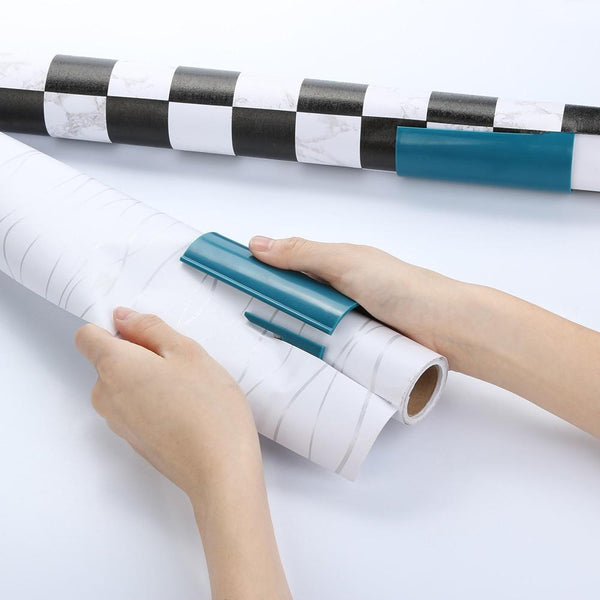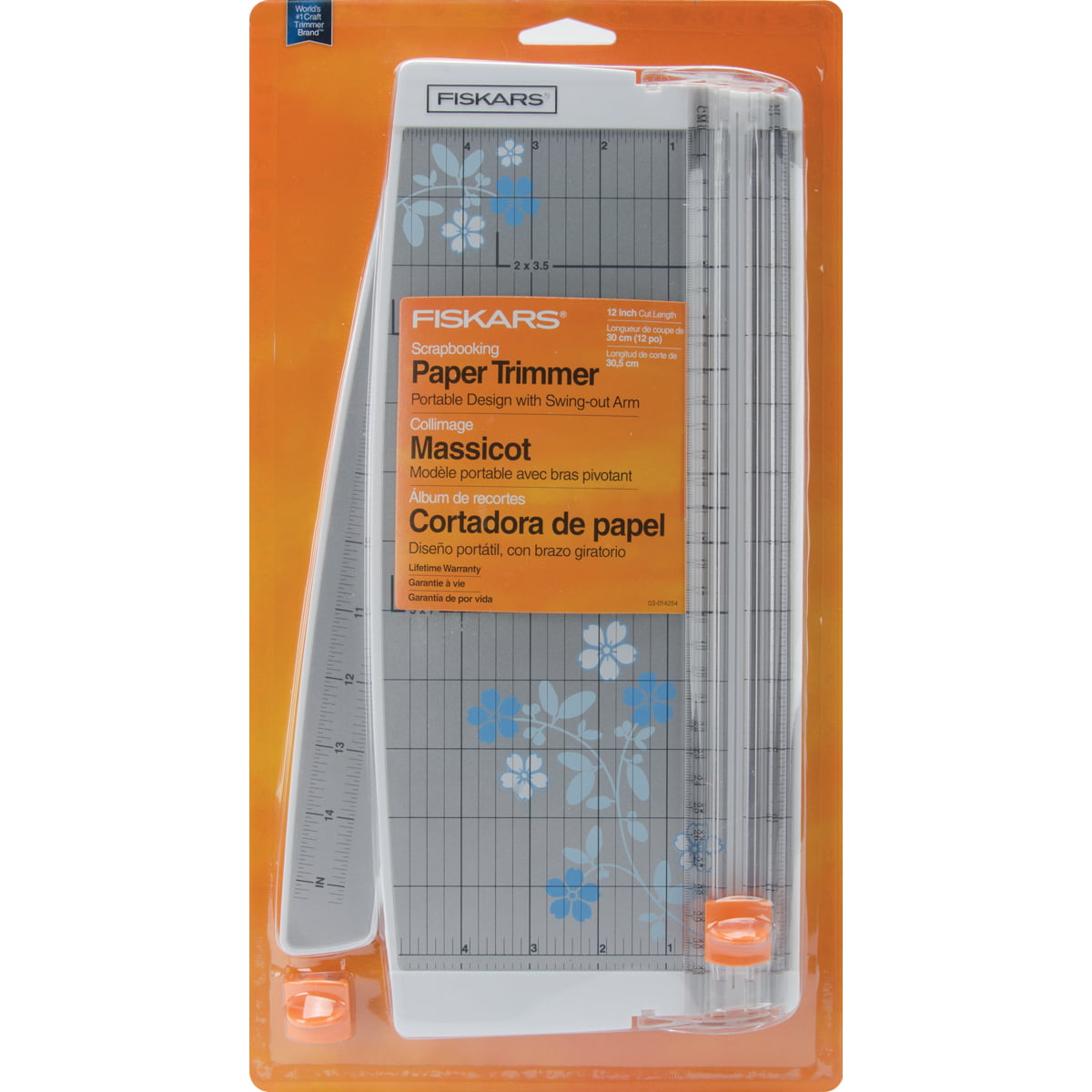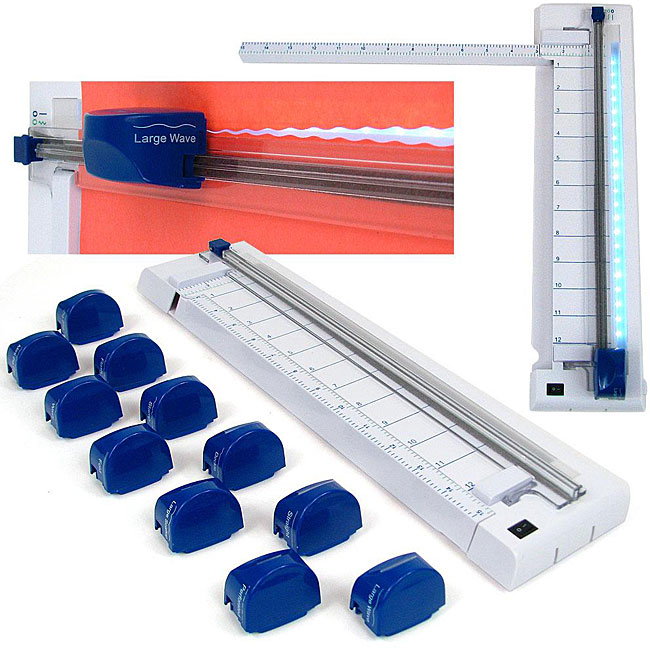

The downside is that the thicker the stack, the more physical strength the user needs to pull the blade arm down. We were able to slice cleanly through a paperback book with the stack cutter we tested. The primary difference, however, is stack paper cutters have one or more heavy-duty clamps to hold the stack in place and a sharper blade to cut through hundreds of sheets of paper with one pass. Stack paper cutters are a subset of guillotine paper cutters they have a long arm with a cutting blade that the user pulls down to slice through a stack of paper. Rotary and guillotine paper cutters can generally only cut through up to 30 sheets of paper at once, so a stack paper cutter can save tremendous amounts of time for folks who regularly need to cut through a massive amount of paper at once. Many stack cutters can slice through an entire ream of paper-500 sheets-at once. Stack paper cutters offer one of the largest cutting capacities among the types. Another benefit of guillotine paper cutters is they can easily cut through thicker items, such as card stock or poster board. In these instances, they can cut up to approximately 30 sheets of paper at once. Guillotine paper cutters are available in various sizes to accommodate situations ranging from cutting large sheets of stiff construction paper to trimming thin copy paper. To prevent injuries or premature cutting, the blade is often designed with a tension spring that keeps it in place until it is pulled down. The design features a long arm attached to a cutting blade that the user pulls down to slice through a single sheet or stack of paper. Guillotine paper cutters are a popular choice for schools, offices, and individuals who need to cut larger quantities of paper quickly.

Some rotary paper cutters may be able to cut through up to 10 sheets at once but are most accurate when cutting only one or two sheets at a time. The biggest downside of a rotary cutter is that most can’t cut through as much paper at a time as a stack or a guillotine model.

The grids on some rotary paper cutters also have guidelines extending from the blade at various angles to help make more intricate cuts. The cutting mat on a rotary paper cutter includes a grid design to help users accurately line up each sheet of paper for a precise cut. These models feature a sliding blade that can simultaneously cut through a few sheets of paper. Rotary paper cutters are sometimes referred to as paper trimmers. Understanding the uses and applications for each of these types can assist shoppers in selecting the best paper cutter for their needs. Each type offers different features and is best suited for specific tasks. Paper cutters come in four main types: rotary, guillotine, stack, and electric. Photo: Glenda Taylor Types of Paper Cutters
Wt scrapbook paper slicer series#
BEST ROTARY: Carl Rotary Paper Cutter, Heavy-Duty Series.BEST STACK: HFS Heavy-Duty Guillotine Paper Cutter.
Wt scrapbook paper slicer professional#
BEST FOR TEACHERS: Dahle 554 Professional Rotary Trimmer.BEST FOR ANGLES: Dahle 534 Professional Guillotine Trimmer.BEST BANG FOR THE BUCK: Carl Professional Rotary Paper Cutter.



 0 kommentar(er)
0 kommentar(er)
